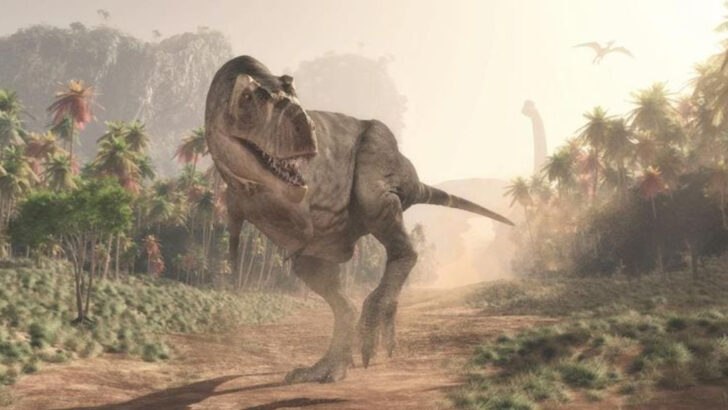Dinosaurs were nothing like the ones in Jurassic Park. Feathers. Turkey-sized killers. No venom-spitting. No Jeep-chasing. If that ruins your childhood, brace yourself—Hollywood took some wild liberties. The real Velociraptor was no nightmare-lizard. It had feathers, was about knee-high, and wouldn’t open doors like a clever girl. But that’s not the only thing the franchise flubbed. From mis-sized monsters to Frankensteined genetics, the “science” in the series went off the rails faster than a loose T. rex. DNA from amber? Not possible. A T. rex with motion-based vision? Not even close. Even the famous dinosaur roars were fake—mixed from elephants, tigers, and alligators. Does it still make for a great movie? Absolutely. But if you want to know what paleontologists actually think, you’re in for a fun, mind-blowing ride. Because once you see what Jurassic Park got wrong, you’ll never look at that raptor scene the same way again.
Velociraptors Had Feathers
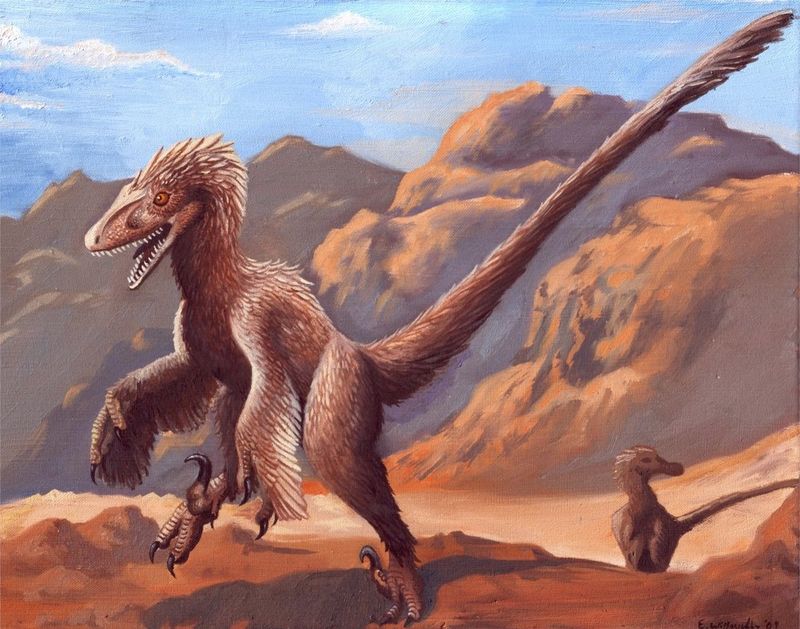
Imagine a creature as fierce as a Velociraptor but covered in feathers. Unlike their scaly movie counterparts, real Velociraptors had a coat of feathers, giving them an avian appearance. This plumage likely helped in regulating body temperature and might have played a role in mating displays.
Their bird-like features included hollow bones and a wishbone, much like modern birds. Scientists believe these adaptations hint at the evolutionary link between dinosaurs and birds. With feathers, Velociraptors would have looked more like terrifying birds than the reptiles depicted in the films.
Velociraptors Were Much Smaller
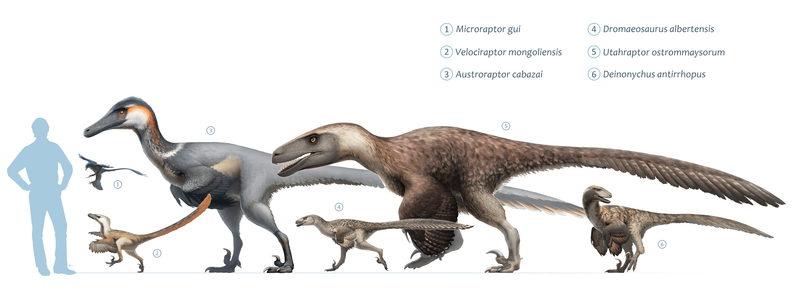
When you picture a Velociraptor, do you imagine a fearsome giant? In truth, these predators were no bigger than a large turkey. Standing at about two feet tall and six feet long, their size was dramatically exaggerated in the films.
Hollywood’s decision to supersize these creatures contributed to their terrifying aura. However, the actual Velociraptors relied more on agility and intelligence than sheer size to hunt. Their real-life counterparts were quick-witted predators, navigating their environment with precision. This portrayal diverges sharply from the intimidating giants seen on screen.
Dilophosaurus Didn’t Spit Venom
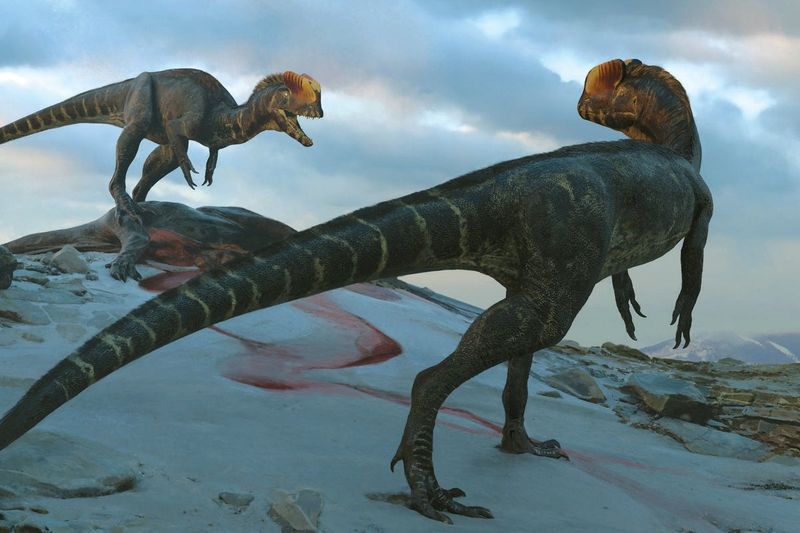
Remember the Dilophosaurus that spat venom with a dramatic neck frill? This scene added a thrilling twist, but lacks scientific backing. No evidence supports that these creatures could spit venom or possessed such a frill.
In reality, the Dilophosaurus was known for its slender build and double-crested head. These features made it distinct, without needing Hollywood’s embellishments. The real Dilophosaurus relied on its speed and jaws to capture prey. The movie version, while entertaining, strayed far from authenticity.
T. rex Had Poor Depth Perception
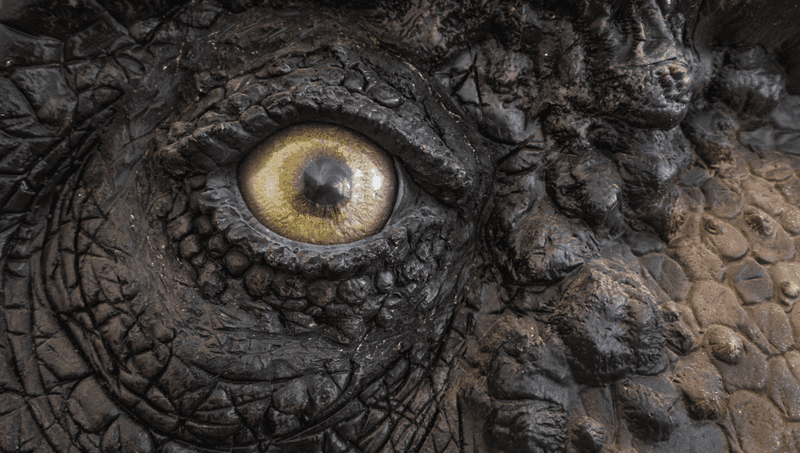
The iconic image of a T. rex unable to see stationary prey is a thrilling concept but scientifically incorrect. T. rex’s vision was likely more akin to that of a bird of prey, with excellent depth perception.
Their forward-facing eyes provided binocular vision, crucial for hunting. This adaptation allowed T. rex to accurately judge distances and track moving objects. Far from being a lumbering giant, its perceptive abilities made it a formidable hunter. The film’s portrayal of movement-based vision misses these intriguing details.
DNA Can’t Survive 65+ Million Years
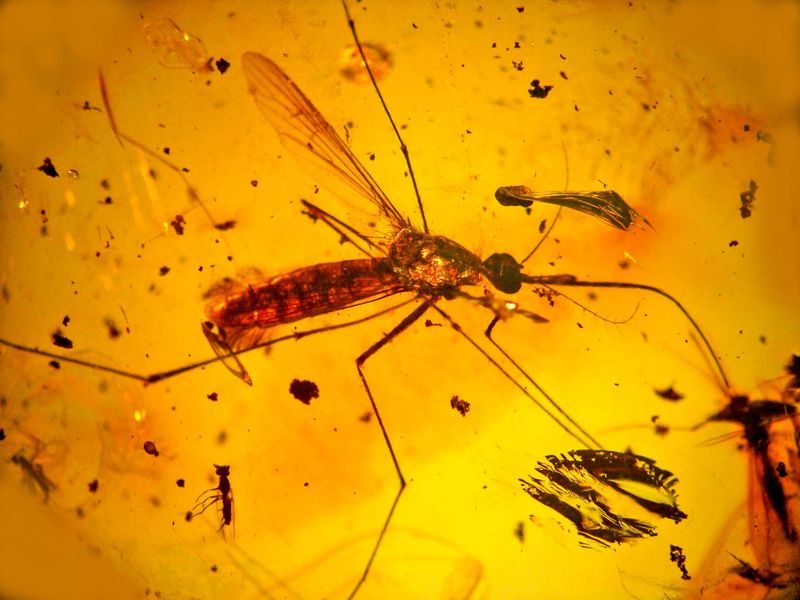
The idea of extracting dinosaur DNA from mosquitoes trapped in amber is fascinating but flawed. DNA degrades over time, making it impossible for it to survive millions of years.
Current scientific understanding suggests that DNA would disintegrate long before reaching the age of the dinosaurs. Efforts to retrieve ancient DNA face significant challenges, highlighting our limitations in genetic reconstruction. While the film captures the imagination, it overlooks the practical barriers of DNA preservation.
Frogs Aren’t a Good Genetic Substitute
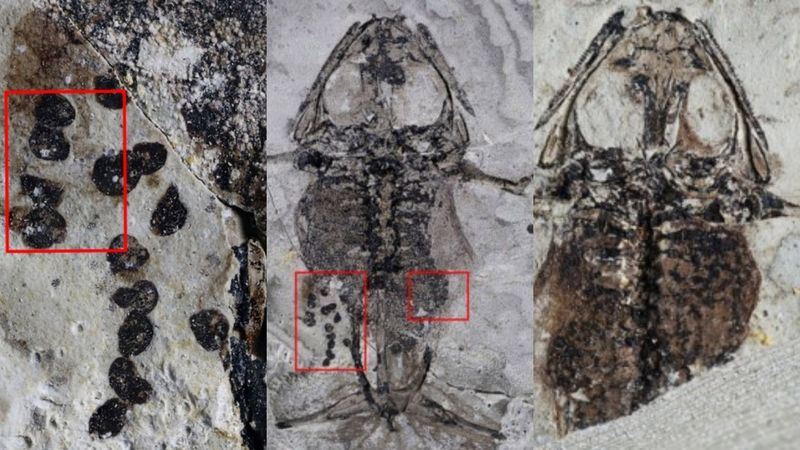
Using frog DNA to fill dinosaur genome gaps might seem plausible in fiction, but it’s scientifically unsound. Frogs and dinosaurs are distantly related, making them unlikely genetic substitutes.
This choice in the movie was more a narrative device than a credible scientific method. Real-world genetic engineering requires closer relations for successful DNA integration. The vast evolutionary gap between frogs and dinosaurs renders this substitution implausible. Such creative liberties, while entertaining, diverge from scientific reality.
T. rex Couldn’t Run That Fast
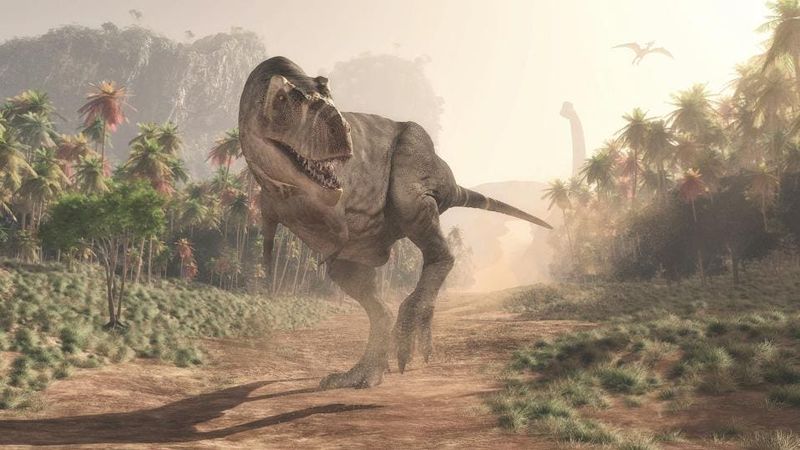
Chasing a speeding Jeep might make for gripping cinema, but a T. rex achieving such speeds is improbable. Estimates suggest T. rex’s top speed was between 12 to 20 miles per hour.
Its massive build and weight would have limited its running capabilities, focusing more on ambush tactics. Its predatory success relied on stealth and power rather than speed. The film’s portrayal of a sprinting T. rex is an exaggeration, overlooking these physical constraints.
Pteranodons Weren’t Dinosaurs
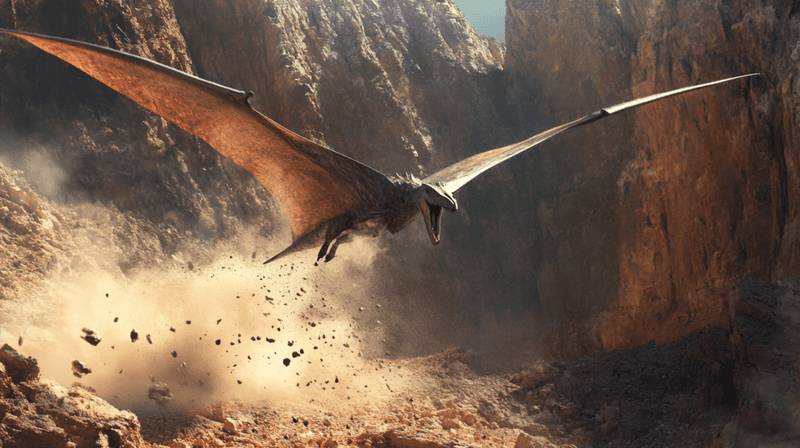
While often grouped with dinosaurs, Pteranodons were actually flying reptiles, distinct from true dinosaurs. Their membranous wings and lightweight structure allowed them to glide gracefully through ancient skies.
Pteranodons belong to the pterosaur family, showcasing a different evolutionary path. These creatures thrived in diverse environments, from coastal areas to inland regions. Their impressive wingspan and aerial prowess made them dominant flyers of their time. The film’s depiction blurs these distinctions, merging them with dinosaurian narratives.
Brachiosaurus Didn’t Rear Up on Hind Legs
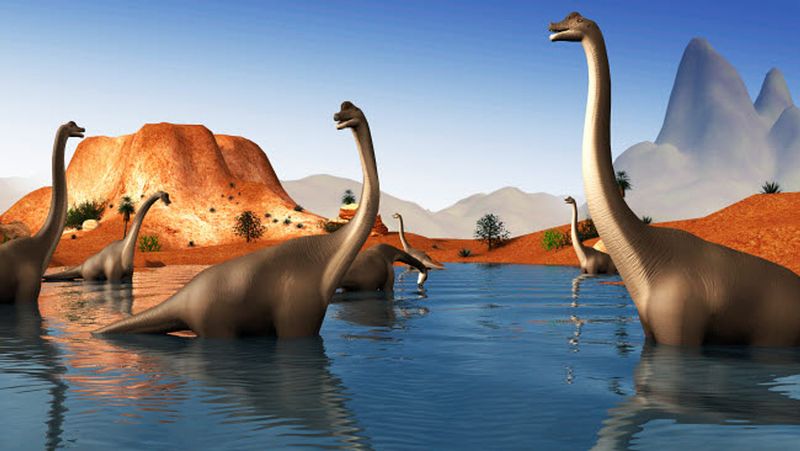
The majestic image of a Brachiosaurus rearing up to reach treetops is a captivating sight but biomechanically improbable. Its body structure and weight distribution made such a posture unlikely.
Brachiosaurus’ long neck allowed it to graze on foliage without needing to lift its massive body. This adaptation was efficient for feeding without expending unnecessary energy. The film’s portrayal, while visually stunning, doesn’t align with our understanding of Brachiosaurus’ anatomy.
Dinosaurs Had Lips
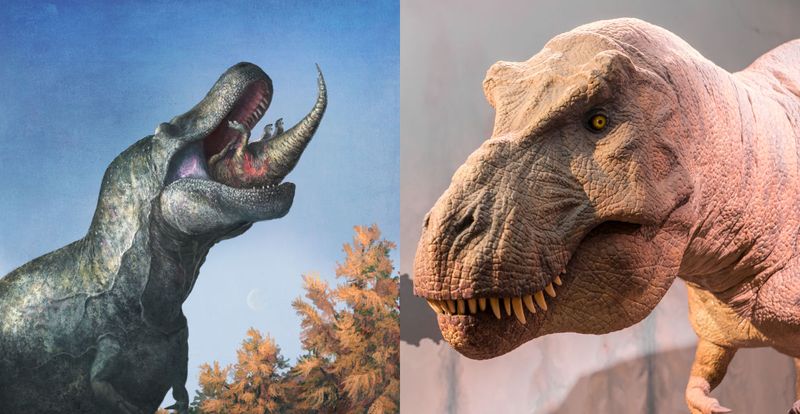
Imagine a dinosaur’s smile, complete with lips! Scientists now suggest that many theropods had lips covering their teeth, unlike the exposed grins films portray. This detail changes how we visualize these ancient creatures.
Lips likely helped to keep their teeth from drying out and protected them during feeding. The absence of lips in popular media creates a more menacing look, perhaps adding to the dinosaurs’ fearsome reputation.
Understanding these facial features helps paint a more accurate picture of dinosaur biology. Who knew lips could make such a difference in imagining the past?

